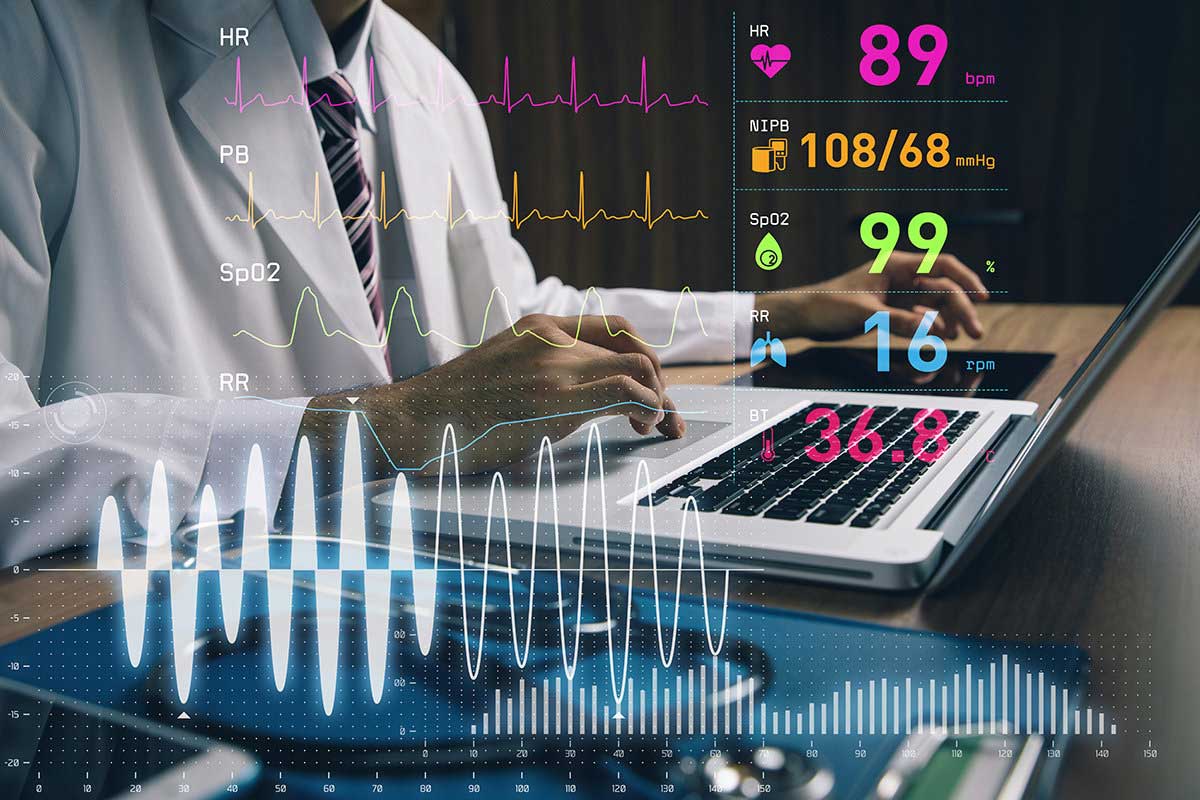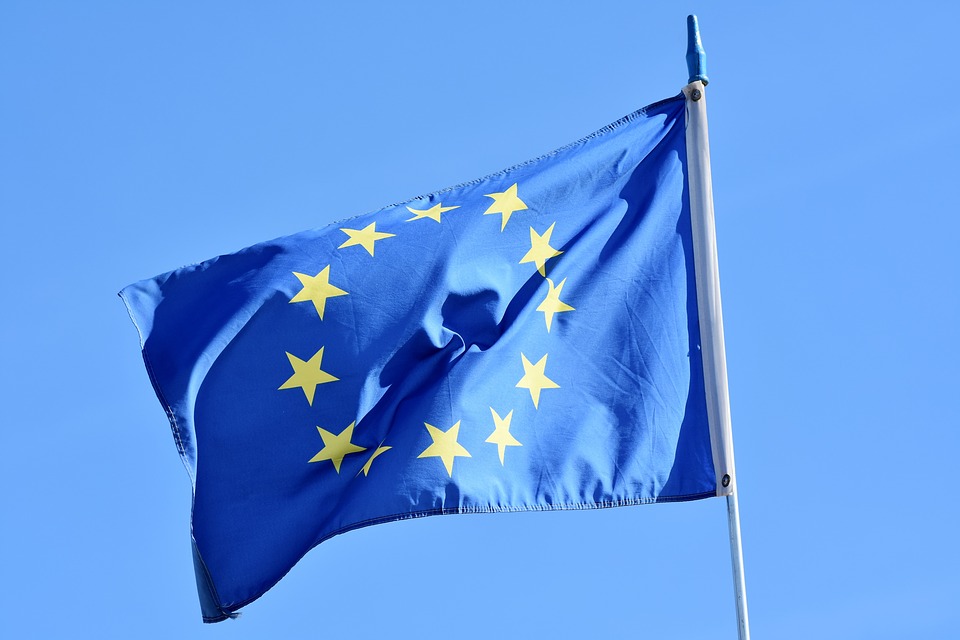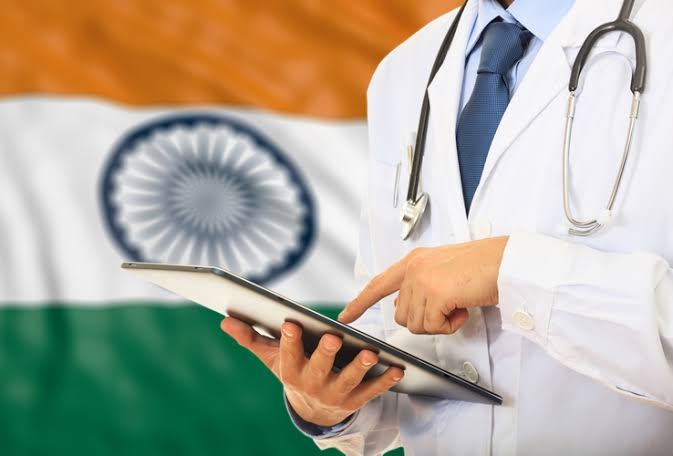Patient health record systems are a new generation of user-centric information systems emerging in the healthcare industry. The General Data Protection Regulations (GDPR) plays an important role in defining the technical requirements for the European market. The most important aspect of the system is privacy and data protection. On a technical level, these systems provide a foundation for a new vision of health care that empowers patients and facilitates patient-provider communication. It has the goal of improving health outcomes and lowering the development and operational costs. Various research groups reported new sets of data and capabilities have been generated by this evolution, providing user, system, and industry levels with opportunities and challenges. The goal of the current study is to present a literature review to assess PHR data types, functionalities and recent development. Further we compare the development and the state of the art technologies in India and compare it with central European solutions.
By Joji Jermias and Javad Zarbakhsh
Cademix Institute of Technology, Austria

Technical Scope of Patient Health Record Systems
Personal Health Records, which are an evolution of existing electronic health records (EHRs), provided a patient-centric network to promote the emerging view of health care, allowing patient-provider knowledge exchange and coordination with the aim of maximizing health outcomes and reducing costs. With the advent of mobile computing and the progression of patients’ technological aptitude, the use of PHRs has increased. PHRs have been created as an expansion of EHRs to enable patients to access their own health care. With patients’ permission, the data, combined with advanced data mining and machine learning, will open up a slew of new research possibilities. For example, models will now be improved in areas of the disease forecast, risk evaluation and early identification of symptoms, leading to important improvements in clinical quality and cost optimisation. Nevertheless, data and user-related problems come together with fresh possibilities created by PHR technologies. Data related concerns including accuracy, confidentiality and protection apply to the gathering, secure storage and retrieval of vast amounts of patient information from distributed databases. Appointment management, drug renewal, and encrypted communications are among the features provided via the PHR that are meant to be used by patients rather than caregivers. The recently formed PHRs included a supplementary source of clinical data such as patient-reported outcomes, physician ratings, drug adherence, and social support, as well as new data mining tools for detecting, measuring, and predicting health-related outcomes. To ensure individualised, effective treatment, the Partnership for the Future of Medicare recommends using creative approaches such as email consultations and self-monitoring. Furthermore, Medicare aims to make health-care data, such as quality and efficiency metrics, more easily available and affordable.
General Data Protection Regulation (GDPR)
The General Data Protection Regulation (GDPR) is the world’s most rigorous privacy and security law. Although it has been initiated and approved by the European Union (EU), it imposes obligations on organizations wherever they are, as long as they target or collect data relating to individuals in the EU. In May 2018, the regulation went into effect. Those who violate the GDPR’s privacy and security standards will face steep fines, with penalties ranging in the tens of millions of euros.

State of the Art in Europe & India
To allow the transfer of health data and it’s interoperability across borders, the European Commission has adopted a recommendation on a European Electronic Health Record sharing format. It accomplishes this by assisting Member States with their attempts to ensure that people can safely access and share their health data regardless of where they are in the EU. People will be able to easily view and share their health records with healthcare providers using the electronic health record sharing format, such as while visiting a doctor or undergoing medical services in another EU country. The General Data Protection Regulation (GDPR) emphasizes citizens’ ability to access their personal data and establishes a regulatory basis for personal data protection, also directly applicable rules for the collection of individuals’ personal data, including health data. The Directive on Patients’ Right in Cross-Border Healthcare establishes rules for promoting access to secure and high-quality cross-border healthcare. The e-Health Digital Service Infrastructure (eHDSI), which is adopted by the Commission and Member States through the Connecting Europe Facility (CEF) Program, has been working on technological standards for health data sharing. The eHDSI links eHealth national contact points, enabling them to share two types of health information: patient summaries and ePrescriptions. The first meetings between Estonia and Finland took place in January 2019. By 2021, 22 Member states are expected to share this type of health data. Through promoting EU-wide interoperability and data sharing, this Recommendation builds on and leads to the further advancement of eHDSI.

In India, there is a different situation. The scale of digitization of healthcare services is increasing in various healthcare institutions. The Electronic Health Record (EHR) Standards for India were announced by the Ministry of Health and Family Welfare (MoH&FW) in September 2013.The EMR Standards Committee, which is part of the Ministry of Health and Family Welfare, made these recommendations. The paper included suggestions for creating a standardised framework for healthcare facilities to create and maintain electronic health records. These principles were updated in December 2016 and were made public. From institution-centric healthcare systems, which failed to extend data to patients who often struggled with paper-based records, there is now a growing trend toward citizen-centric healthcare systems. The Ministry of Health and Family Welfare, in collaboration with the Ministry of Electronics and Information Technology, Govt. of India has developed the myHealthRecord Personal Health Record Management System for the citizens. To summarise, India’s production and introduction of electronic health records is still in its early stages. If this effort is to work on a large scale, it is critical to concentrate on the following general issues:
- better guidance for physicians and other healthcare practitioners in how to use EHR effectively;
- a much higher level of public-private collaborations is required;
- adequate ICT technology is required;
- efforts to standardise EHRs are required.
- A national health information technology strategy must be developed;
- There should be an effective management system in place to deploy EHR;
- There must be a balance between the software development team and the healthcare delivery team.

